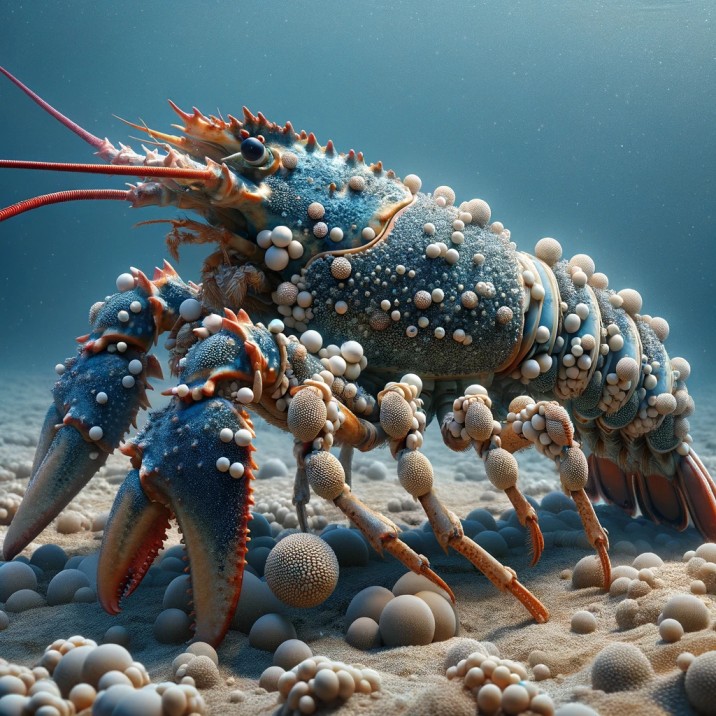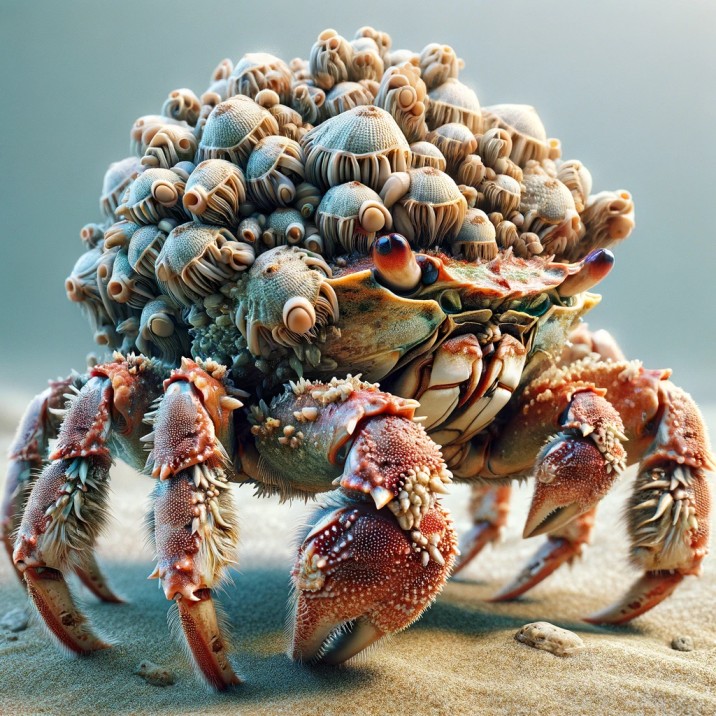Everyone saw videos on TikTok and wondered What Are Barnacles? Barnacles, often spotted on various sea creatures, have intrigued marine biologists and ocean enthusiasts alike. This article dives into what barnacles are, how they form on sea life, and their potential risks to marine animals.
What Are Barnacles?
Barnacles are small crustaceans, closely related to crabs and lobsters. Unlike their mobile relatives, barnacles are sessile, meaning they permanently attach themselves to hard surfaces, including rocks, boat hulls, and, notably, sea life like whales, turtles, and crabs.

Formation and Life Cycle
The life of a barnacle starts as a free-swimming larva. Once it finds a suitable surface, it undergoes metamorphosis, attaching headfirst and developing a hard shell for protection. This lifestyle adaptation is fascinating from an evolutionary standpoint.
Are Barnacles Harmful to Sea Life?
Barnacles can be both beneficial and detrimental to their hosts:
- Commensalism: In many cases, barnacles live in a commensal relationship, where they benefit without harming the host. For example, barnacles on whales get a free ride through nutrient-rich waters, aiding their feeding.
- Parasitic Qualities: However, in large numbers, barnacles can harm their hosts. They can cause skin irritation, increase drag in water, and, in extreme cases, lead to infections or hinder the host’s mobility.

Impact on Sea Life’s Health
For most marine animals, a few barnacles don’t pose significant health risks. The concern arises when there’s a heavy infestation. This could indicate an underlying health issue in the host, as healthier animals tend to groom themselves better and dislodge these freeloaders.
Environmental Factors
Environmental changes, like warming ocean waters, may influence barnacle populations. A rise in sea temperature can accelerate their life cycle, potentially leading to more barnacles attaching to sea creatures.
Does it hurt to remove barnacles from animals?
Removing barnacles from an animal’s shell, such as a turtle or a crustacean-like a crab, lobster or whale, can potentially hurt the animal, but this largely depends on how it’s done and the condition of the animal.
- Shell Integrity: The shells of turtles and crustaceans are less sensitive than their skin, so careful removal might not be as painful. However, the shell is an integral part of their body, offering protection and support.
- Risk of Injury: Barnacles adhere strongly to shells. Forceful removal can cause damage to the shell, leading to stress or injury. For crustaceans, whose shells are vital for protection and molting processes, damage can be particularly harmful.
- Stress to the Animal: Even if physical pain is minimal, the process can be stressful, especially for wild animals not accustomed to human interaction.
- Potential for Infection: Removing barnacles can leave small wounds or abrasions on the shell, which could become infected, especially in saltwater environments.
- Natural Shedding: Many shelled animals have natural ways of shedding or controlling barnacle growth. Turtles, for instance, may rub against surfaces to remove them.
- Professional Assessment: If barnacle growth appears abnormal or excessive, indicating potential health issues for the animal, intervention should be left to wildlife professionals or veterinarians. They can safely determine whether removal is necessary and provide appropriate care.
Therefore, while removing barnacles from a shell might not cause significant pain, it’s not without risk and should be approached with caution, ideally by professionals in wildlife care.
Do barnacles on animals hurt?
Barnacles do not typically cause direct pain or harm to their hosts, their impact varies based on several factors. In most healthy, large marine animals, a moderate amount of barnacle growth is normal and not harmful. However, excessive growth can lead to potential issues like discomfort, hindered movement, or increased energy expenditure.
Barnacles on sea life are a natural part of the marine ecosystem. While they often exist harmlessly, an overgrowth can be a sign of environmental imbalance or health issues in marine animals. Understanding their role helps in the broader conservation efforts of our oceans.
Other Articles that might interest you


